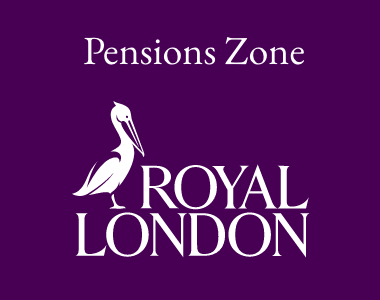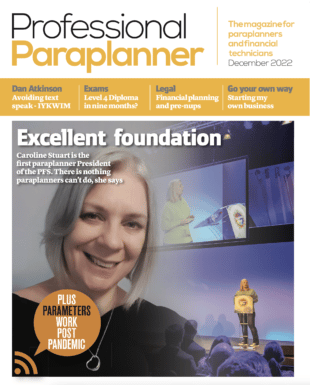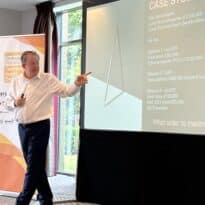Commercial property purchase within a pension scheme remains popular and a key reason why advice firms continue to use a SIPP or SSAS product for their clients. Brian Talbot, director, Talbot and Muir, looks at the advantages and provides a case study of a typical purchase.
A SIPP or SSAS can hold commercial property that includes offices, retail units and industrial units, all of which can help small businesses to grow and develop by holding their commercial premises within a pension. But it isn’t limited to these type of commercial property, a pension can also invest in freehold and long leasehold premises, it can make land purchases such as commercial, agricultural and development but it can’t invest in residential property or anything suitable for use as a dwelling.
There are many advantages of using a SIPP or SSAS to make property investments, the key ones are:
- There is tax relief on contributions
- There is no tax on the rental income received
- There is no capital gains liability on the property when it is sold
- If the client is also a tenant, the rent paid to the SIPP is tax deductible from trading profits
- SIPP and SSAS assets are generally outside the reach of creditors
- In general, SIPP and SSAS assets are outside of an estate for IHT purposes and can be passed down through the generations
Case study
Let’s look at an example of a client purchasing their business property.
David recently received his annual statement from his pension provider, and presented this to his financial adviser Simon at their annual review meeting. David was very pleased that his pension fund had increased to £250,000.
David runs an engineering business which over the past 18 months has been growing very well. He explained to Simon that he would like to explore the possibility of purchasing the company’s commercial premises and using his pension fund to do this. His rationale was to help continue to grow the business and he had read that there were benefits to his pension if he purchased the new premises this way.
Simon explained the pros and cons of commercial property purchase within a pension. He provided a clear overview of the process and restrictions, he also highlighted the need to ensure that the property had adequate insurance as being under insured would mean not only having an insurance shortfall should something happen to the premises, but also this could impact his pension savings. Having explained everything Simon’s recommendation was that David should consider transferring to a SIPP, which would give him the flexibility to purchase the property with his pension fund.
The property had been elected for VAT following development works undertaken several years ago. David consulted with a VAT expert, who confirmed he would be able to register the SIPP for VAT in order for the SIPP to reclaim the tax payable on the purchase price. HMRC would deem this to be a connected transaction, so David instructed a RICS qualified surveyor to value the property. The property was subsequently valued at £200,000 and the solicitor provided the following completion statement once searches had been completed and a completion date had been agreed:
- Property purchase price: £200,000
- Stamp duty: £1,800
- VAT @ 20%: £40,000
- Legal costs (incl. VAT): £2,400
- Disbursements: £200
- Annual SIPP fee (incl. VAT): £984
- SIPP property purchase fee (incl. VAT): £960
- Total: £246,344
In order to protect both the property asset and the potential liabilities arising against the member trustee, in the event of under insurance, it was important suitable cover was put in place on completion. Accordingly, the property was insured by the trustees via a specialist block insurance scheme designed specifically to cover trustee owner’s risks. The scheme provided not only cover for the building but also covered an amount for property owners’ liability, loss of rent, terrorism cover, and inclusion of all perils agreed within the lease.
An arm’s length lease was also put in place between the SIPP and David’s business, the rental value being confirmed within the independent valuation.
Through the advice he received from Simon, David’s SIPP receives tax free future rental income from his engineering business as per the terms of the commercial lease. The remaining funds are now being invested via a DFM, still within the SIPP via a standing order set up to transfer rental payments at quarterly intervals.































